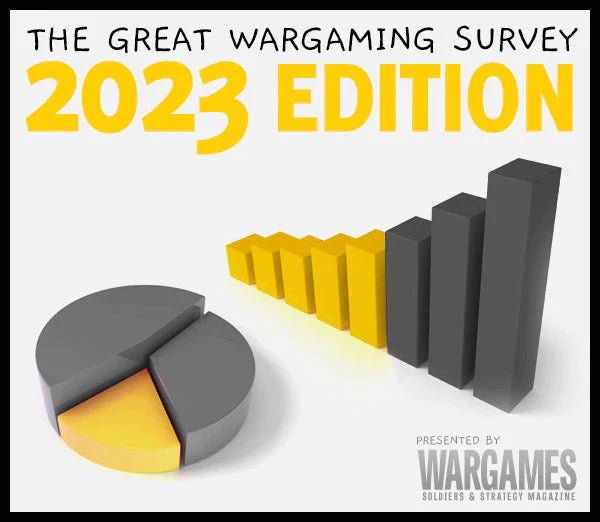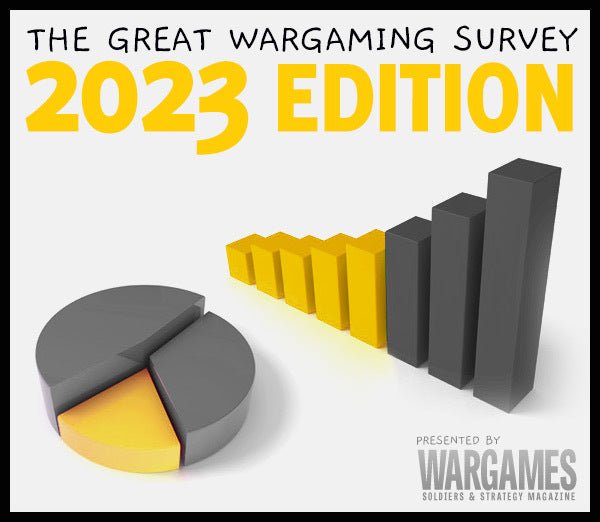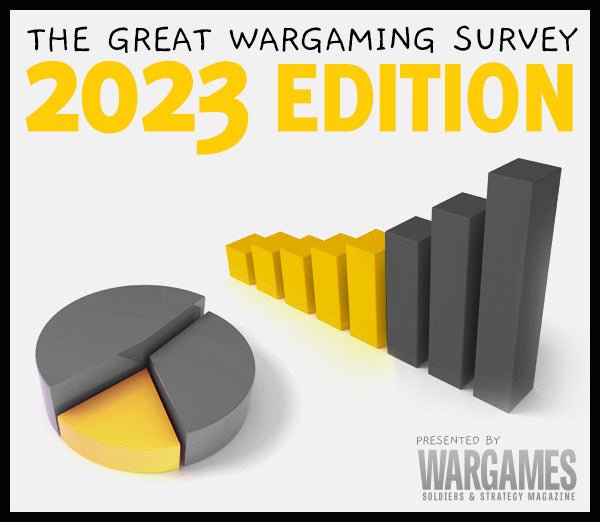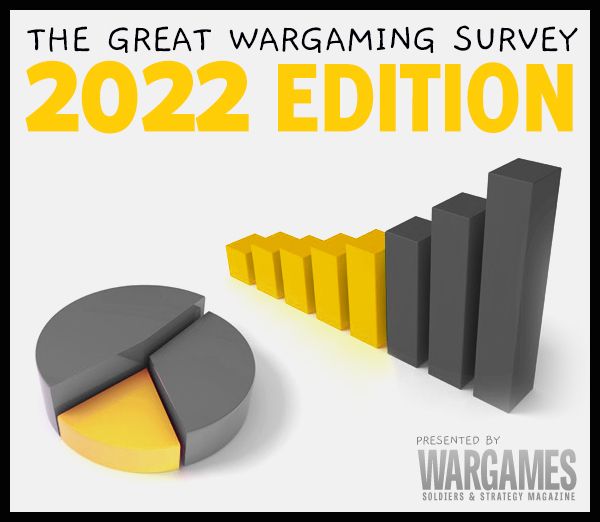The Great Wargaming Survey – Roundup
Once the Great Wargaming Survey was over, we published several articles online, together with the larger, general overview of responses published in WSS issue 75 . Here’s a very short recap of what went before:
- Part 1 gave a very succinct overview of the results in regards to the first section of questions: regional division of wargamers, age, gender, hobby origins, length of time spent in the hobby and whether the respondents expected to remain a wargamer for the foreseeable future.
- Part 2 looked at various aspects of wargaming – social, research, gameplay, and painting – and how they were appreciated or evaluated by wargamers.
- Part 3 summarized the results of wargaming preferences: period or setting, preferred size of miniatures, game length and game size.
- Part 4 , and 5, its follow-up , was an attempt to figure out whether our results were biased in some way. The answer is: yes, probably, but perhaps not as bad as suspected.
- Part 6 found its origin in Jonathan Reinhart ’s tip about an earlier, North American-based survey of mostly fantasy and sci-fi gamers, and was an attempt to see to what degree the results were comparable.
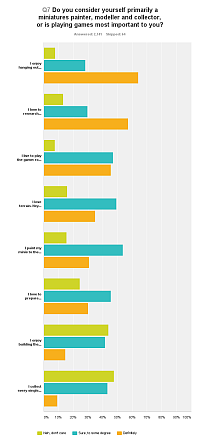 This time around, I thought I’d have a closer look at North American wargamers. As the largest English-speaking country, it’s hardly surprising they also form the single largest group of respondents: 2805. They’ve already been singled out in some of the blogs above in regards to their general demographics. Now let’s look at their gaming preferences. “Hanging out with friends” is considered to be very important more often than the average (64%). Research is more important (that’s shorthand for the awkward previous sentence), as is gaming. Making terrain is also a bit more important (35%), while painting is less often considered to be as important (31%). Scenario building, list-building and collecting rules are all also slightly more important. Overall, this suggests that Americans and Canadians are slightly more focused on playing the game than the average wargamer, or they are just more passionate about pretty much every aspect apart from “painting miniatures to the highest possible standard”.
This time around, I thought I’d have a closer look at North American wargamers. As the largest English-speaking country, it’s hardly surprising they also form the single largest group of respondents: 2805. They’ve already been singled out in some of the blogs above in regards to their general demographics. Now let’s look at their gaming preferences. “Hanging out with friends” is considered to be very important more often than the average (64%). Research is more important (that’s shorthand for the awkward previous sentence), as is gaming. Making terrain is also a bit more important (35%), while painting is less often considered to be as important (31%). Scenario building, list-building and collecting rules are all also slightly more important. Overall, this suggests that Americans and Canadians are slightly more focused on playing the game than the average wargamer, or they are just more passionate about pretty much every aspect apart from “painting miniatures to the highest possible standard”.
The research-question reinforces the idea that there’s at least a significant group of wargamers in North America who are more focused on playing the game than the average wargamer. Slightly larger percentages indicate that the ruleset suffices, or that research is not very important. The difference with the average is, however, in the 1% range, so not terribly impressive. Tournament players – as defined by those who enjoy “tournament rules” and “points systems” and who were described in the article in WSS 75 – also make up a slightly larger part of the North American responses (21% vs 19% overall).
 Looking at favorite periods of North American respondents, the first three favorite settings don’t change. World War 2 is still listed as “favorite” (black) most often, followed by SciFi and Fantasy. Napoleonics, Ancients and the Medieval Era get nearly equal votes as favorite period, but respondents were considerably more often “not interested” (red), whereas the Medieval Era is apparently on many wishlists (green).
Looking at favorite periods of North American respondents, the first three favorite settings don’t change. World War 2 is still listed as “favorite” (black) most often, followed by SciFi and Fantasy. Napoleonics, Ancients and the Medieval Era get nearly equal votes as favorite period, but respondents were considerably more often “not interested” (red), whereas the Medieval Era is apparently on many wishlists (green).
Favorite miniature sizes, game length and size are all about the same as the average. When it comes to rules, 65% agrees (green) to the statement “I enjoy rules that encourage historical tactics”, while 47% states they enjoy rules with a clear points system. Clever new mechanisms comes third with 46%, closely followed by random events (45%) and whereas in the overall survey nearly as many agreed as disagreed with the question about Tournament Rules (rounded 27%), in North America, the non-commitment (“Meh, I could go either way”, in blue) rises to 47%, disagreement (red) drops to 23% and agreement increases to over 30% (but not enough to be rounded up to 31%).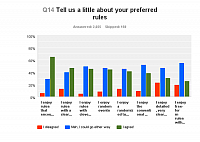
Where it comes to clubs, nothing changes substantially in the number of people who do not want to join a club, but only 36% is a member, while 46% would like to be; undoubtedly, the size of the continent hampers those desires. That makes the outcome of the question about conventions predictable: many would like to go, but more than the average simply have none within reach. These wargamers are also even more eager (83%) to meet new friends to play games with. Sources of inspiration are again broadly similar to the average.
So there you have it. The North American wargamer, as described by those who took the time to respond to our survey. If there are more requests forthcoming, we might slice the data again another way, but for now, I think we’ve provided quite a bit of information to digest and discuss, at the wargaming table, or afterwards with a good drink!

